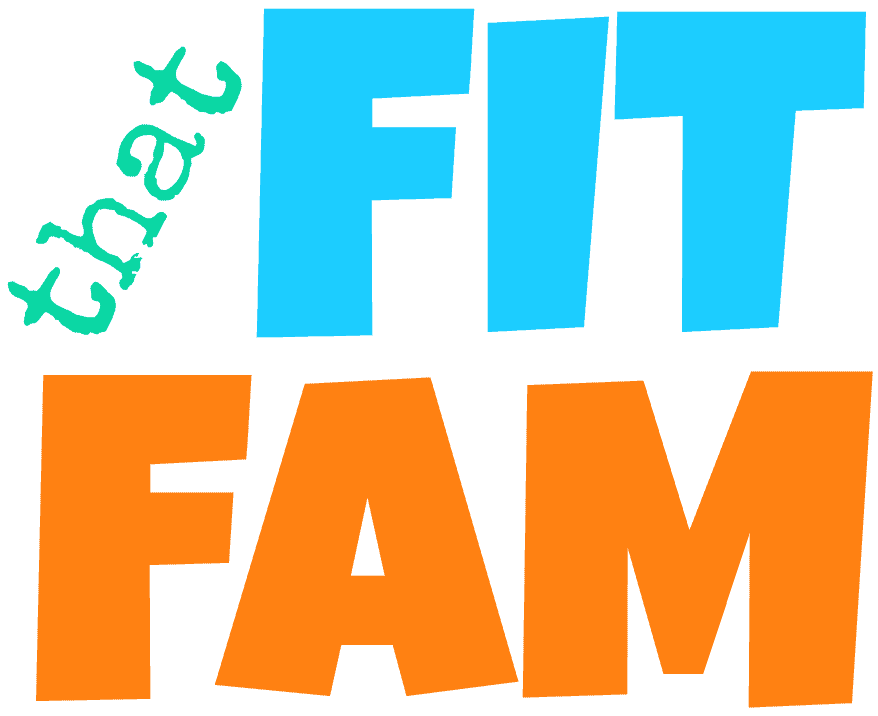IIFYM (or tracking macros) is overwhelming. There’s a ton of math involved and the added stress of weighing and logging every bite you eat into MyFitnessPal. As someone who’s tracked for years and is a certified nutrition coach, I thought it might be helpful to tell you what I would focus on if I was just starting out.

This is assuming you have already calculated your macros for your specific stats, activity level and goals. If you haven’t, you can learn how to calculate them yourself using this post.
First it is important to understand that there is definitely a learning curve with IIFYM. Figuring out which meals work in your day takes time.
Check out some IIFYM on our TikTok
What to prioritize when starting IIFYM:
Logging food

Take the first couple days to get used to logging and weighing your food. I like to use the free version of MyFitnessPal, but when I first started out I planned my day with just a paper & pen. If you are unsure which foods to weigh or how, check out this post on weighing your food or this one on reading a nutrition label.
If you don’t have a food scale, buy one. This is the only way to be accurate with your food. Don’t worry, they’re pretty inexpensive. I purchased mine from Target over 6 years ago, but it is pretty similar to this one.
Hitting Protein
After that, my next focus would be protein. Forget about the other macros for now and prioritize your protein. This is usually the hardest macro for beginners to hit. Most aren’t used to eating this amount. Here are some easy ways to get in that protein.
So at this point you should be hitting protein and logging all your food.
Hitting your calories
When you’ve mastered the last two, it’s time to focus on calories. Sure, if you’re hitting all three macronutrients, you should technically be hitting your calories. But, when you’re just starting out, figuring out the right portions of meals to hit fats & carbs on the dot is hard.
So just target your protein, log all your food and try not to go over or under your total calories. This means some days your fats might be low and carbs high or vice versa. This is completely fine.
When it comes to goals, as long as you are hitting protein and total calories, you should still be on track.
This is the biggest misconception and stress variable. We think we have to be perfect or else we undo all our progress. It’s just not true. After all what determines weight loss or gain? Calorie deficit or surplus. What determines preservation of/increase in muscle mass? Protein intake & strength training. SO if you are mastering those main factors, you are golden.
So why do we even care about fats or carbs then? Because they are still vital macronutrients. You need them both to function. Too low of carbs can affect energy levels and two low of fats can affect hormone levels.
Hitting all three
Fantastic. You’ve mastered the previous steps. Now you can prioritize eating the right amount of all three macronutrients! And if there’s ever a day where you just didn’t plan properly or went over on carbs, you know you can just fall back to focusing on protein and total calories for the day without ruining your progress.

IIFYM can take several weeks to get used to and that is completely normal. This is not meant to be an all or nothing quick fix diet so it is fine if it takes time to adjust. Tracking macros is a way to help you reach your goals, but also an opportunity to learn about portion size and balancing healthy & less nutrient dense foods in your diet. It is a tool that can help you know how to fuel your body even after you transition away from recording every bite.
